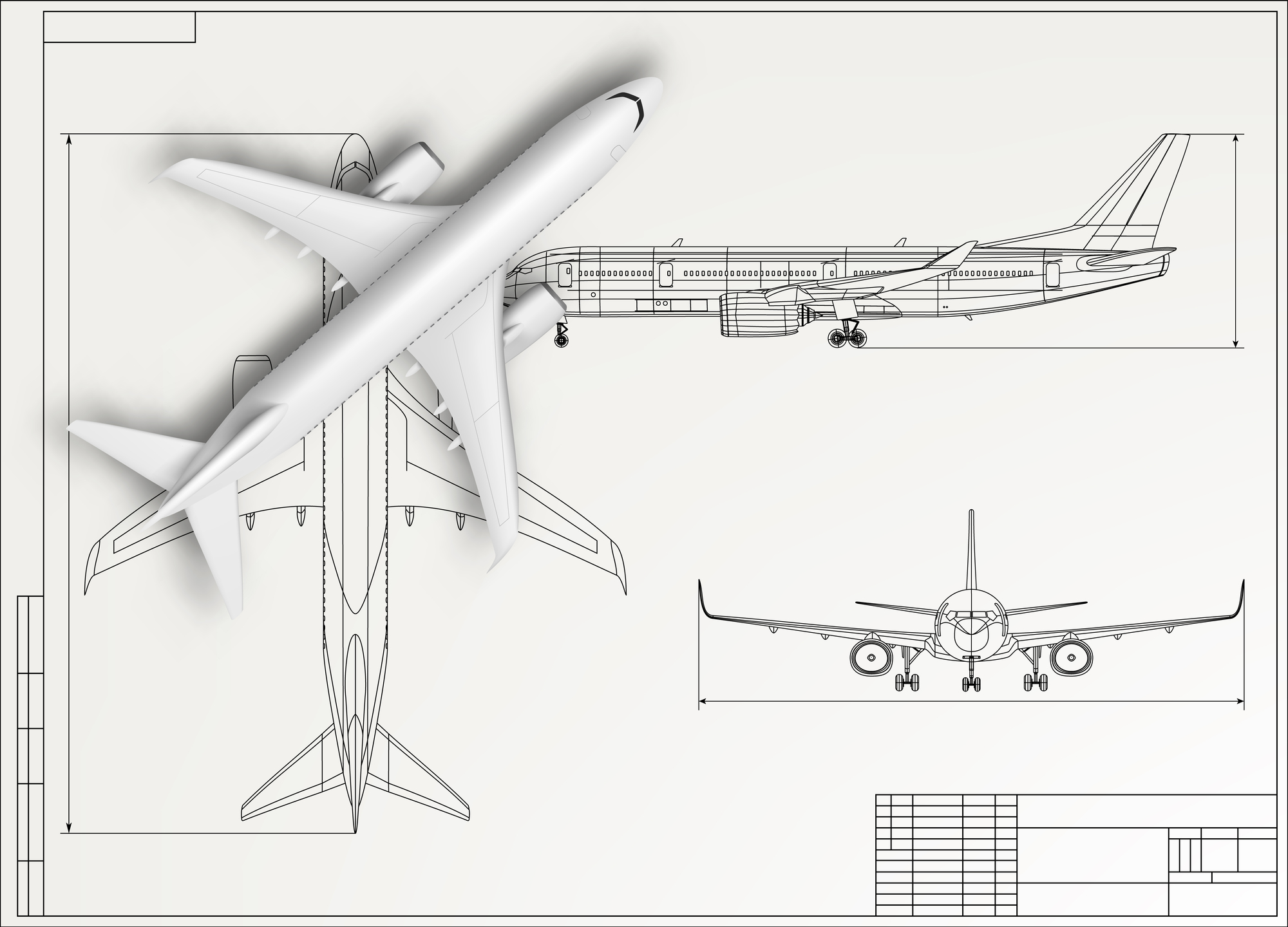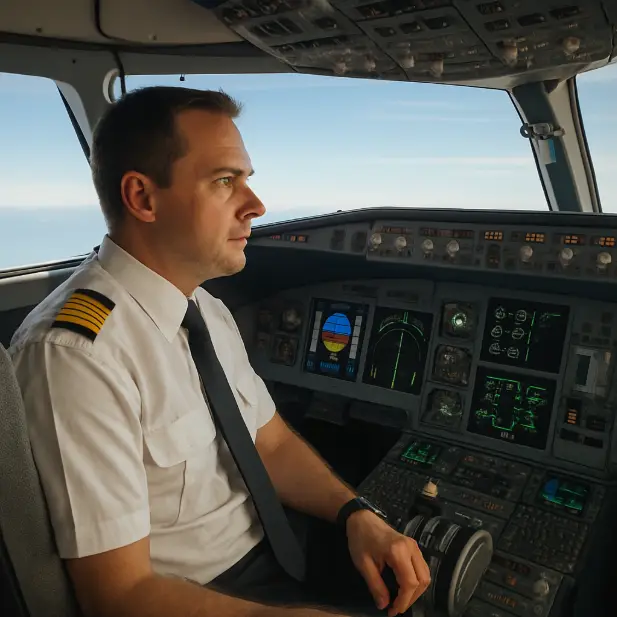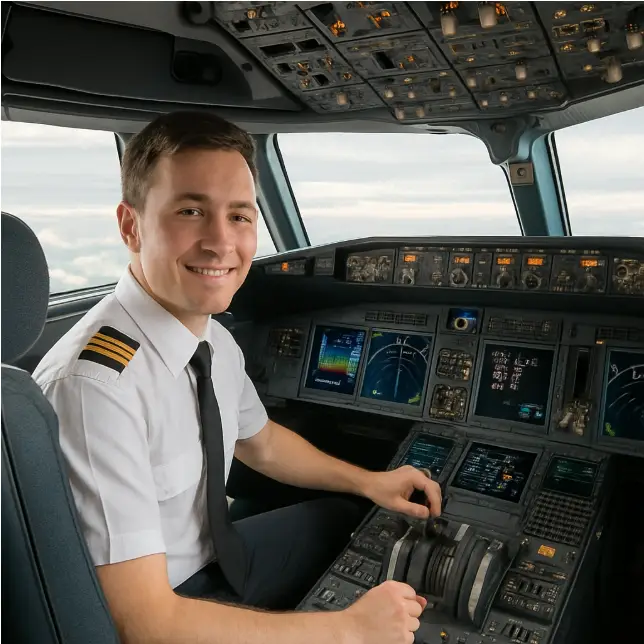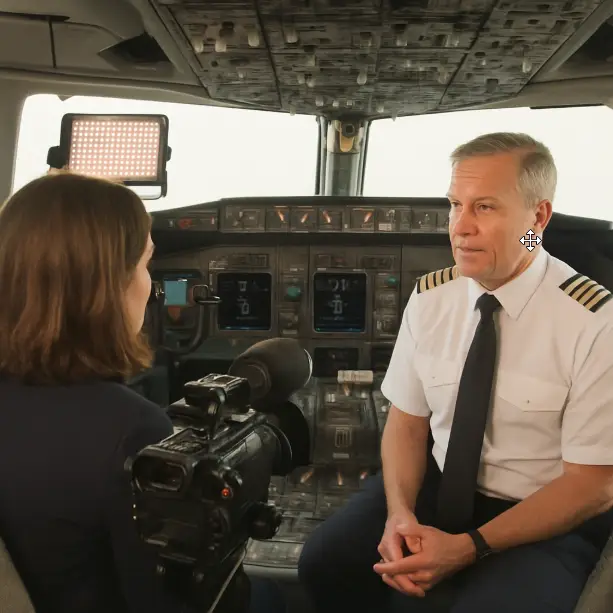Understanding FAA 141 Transfer Procedures

- aviatorpro_6714
Navigating the world of aviation training can be complex, especially when you’re considering a transfer between flight schools. For those involved in or considering the FAA Part 141 training programs, understanding the transfer procedures is crucial. In this article, we will break down the FAA 141 transfer process, explore what Part 141 entails, and discuss when you can start your TSA request under Part 141.
What is Part 141?
Part 141 refers to a section of the Federal Aviation Regulations that lays out the standards for flight schools. These regulations are designed to ensure a high level of safety and consistency in pilot training. Under Part 141, flight schools must follow a structured training curriculum that has been approved by the FAA.
The main advantage of Part 141 training is the potential for reduced flight hours required for certification, thanks to the structured approach. This can make Part 141 an attractive option for those looking to complete their training efficiently. However, this efficiency comes with the necessity to follow strict regulations and schedules.
Why Consider a Transfer to a Part 141 School?
There are several reasons why a student might consider transferring to a Part 141 school. One of the most common reasons is the desire to take advantage of the structured training programs that can lead to obtaining a pilot’s license with fewer flight hours. This can not only save time but also reduce the overall cost of training.
Additionally, some students transfer because they are seeking a school with a better reputation, more experienced instructors, or superior training facilities. Others may need to transfer due to a relocation or a change in personal circumstances.
FAA 141 Transfer Procedures
Transferring between Part 141 schools requires careful planning and understanding of the procedures involved. Here is a step-by-step guide to help you through the process:
Step 1: Evaluate Your Current Situation
Before initiating a transfer, it’s important to evaluate why you’re considering the move. Are you looking for a better training program, or are there logistical reasons for the transfer? Understanding your motivations will help you choose the right Part 141 school to transfer to.
Step 2: Research Potential Schools
Once you’ve decided to transfer, research potential Part 141 schools that meet your needs. Consider factors such as the school’s reputation, instructor experience, training aircraft, and facilities. It’s also important to verify that the school is FAA-approved under Part 141.
Step 3: Contact the New School
Reach out to the admissions office of the prospective school to discuss the transfer process. They can provide you with specific details on what is required for a transfer, including any paperwork or documentation you need to provide.
Step 4: Gather Necessary Documentation
To facilitate a smooth transfer, you will need to gather necessary documentation, such as your current flight training records, medical certificate, and any other relevant paperwork. This information will be required by the new school to assess your progress and determine where you fit into their training program.
Step 5: Complete the Transfer Request
The new school will likely have a formal transfer request process. This may involve filling out application forms and submitting your documentation for review. Be sure to follow their instructions carefully to avoid any delays.
Step 6: Await Approval
Once you’ve submitted your transfer request, the new school will review your documentation and make a decision. This process can take some time, so be patient. The school will notify you once your transfer has been approved.
Step 7: Begin Training at the New School
Upon approval, you will be able to start training at the new Part 141 school. The school will inform you of your training schedule and any other requirements you need to fulfill.
Starting TSA Request Under Part 141
For international students, starting a TSA request is a necessary step when enrolling in a Part 141 school. The Transportation Security Administration (TSA) requires international students to complete a security threat assessment before they can begin flight training in the United States.
When Can You Start a TSA Request?
You can start your TSA request once you have received an acceptance letter from a Part 141 school. The request process involves submitting a detailed application online, including personal information, a copy of your passport, and fingerprints. The TSA will conduct a background check to ensure you meet the security requirements.
It’s essential to start this process as soon as you’ve been accepted, as it can take several weeks to complete. Without TSA approval, you cannot begin your training.
Conclusion
Transferring to a Part 141 school can be a great decision for many aspiring pilots, offering a structured training environment and the possibility of completing certification with fewer flight hours. By understanding the transfer procedures and starting your TSA request promptly, you can ensure a smooth transition and continue your journey toward becoming a certified pilot. Always remember to gather all necessary documentation and communicate clearly with both your current and prospective schools to facilitate the process.
By following these guidelines, you’ll be better prepared to navigate the complexities of FAA 141 transfer procedures and take advantage of the benefits that Part 141 training offers. Safe flying!



